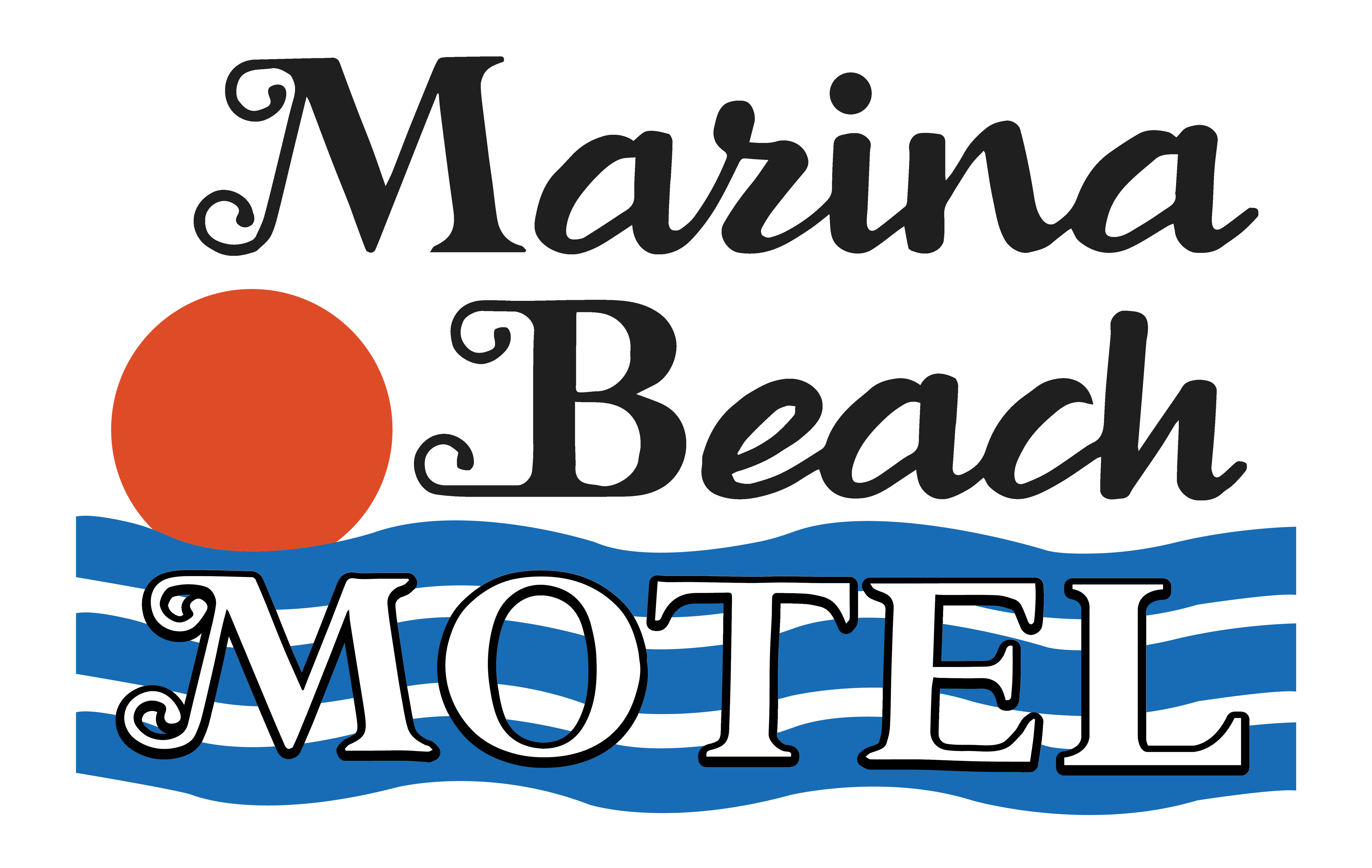One of the most popular tourist destinations in Santa Barbara, Stearns Wharf serves as a habitat for both humans and animals alike. Harbor seals glide underneath the protective cover of the water’s surface while humans trot along above, weaving their way through the small shops and locally sourced restaurants. Built in 1872, this Santa Barbara staple is the oldest working wood wharf in California and has held strong throughout the years, despite being hit by a variety of natural and economic disasters. Through countless fires, raging storms and even a tornado, Stearns Wharf has managed to come back swinging, earning its title as “The Unlucky Landlubber.”
Built by (and named after) John Peck Sterns, Stearns Wharf was originally designed to make it possible for people and cargo to be transferred from ships to the shore. Prior to the construction of the wharf, Santa Barbara remained relatively isolated from the outside world due to the surrounding mountains and ocean. This left the city without any efficient means to import and export goods, which was a necessity for the booming industries located within the city. With the financial backing of Colonel William Welles Hollister, Stearns constructed the wharf and effectively ended Santa Barbara’s solitude.
The first disaster faced by Stearns Wharf was in 1978, when a Chinese ship collided with the wharf during a particularly severe storm, demolishing over 1,000 feet of decking. Shortly thereafter, the first recorded tornado in the history of Santa Barbara ravaged the city on New Year’s Eve, further damaging the already vulnerable planks. Then, a mere year 9 years later, the wharf almost collapsed under the weight of 3,000 people, most of them Civil War veterans, ultimately causing the citizens of Santa Barbara to search for a more reliable means of transportation, which would soon be discovered in the form of the railroad.
For the indestructible wharf, however, this was only the beginning. In 1921, there was a large fire in the 600 room of the Potter Hotel, which, on the wings of a 50-mile-an-hour wind, enveloped the pilings on the wharf and left them charred and unusable. Then, in 1973, an early-morning fire turned the Harbor Restaurant into a smoldering pile of tinder, ultimately leading to the closure of the wharf. Well — for eight years, that is, until the wharf reopened in 1981.
On tumultuous day in 1983, Santa Barbara was hit by a “100 year storm,” accompanied by giant swells, unnervingly high winds and a nonstop barrage of rain; the damage to the wharf was estimated at over half a million dollars. Four years later another unrelenting storm hit, causing a barge and a fishing boat to break free from their restraints and topple into the wharf, decimating over 30 pilings and causing a weeklong closure.
Just when it seemed that the wharf couldn’t possibly take another beating, a fire flared up in June of 1986, causing substantial damage to the Sea Center (which had recently been opened) and the Nature Conservancy building; the wharf was subsequently closed six months. Most recently, on November 23rd, 1998, a fire swallowed 420 feet of the 2,300-foot long wharf, demolishing 3 businesses (Moby Dick’s Restaurant, Mike’s Bait and Tackle Shop, and Santa Barbara Shellfish Company) along with it.
Thus, the Unlucky Landlubber was born, and Santa Barbara proudly accepted its unofficial (and unlucky) mascot. Stearns Wharf has become an endearing reminder of Santa Barbara’s ability to persevere across centuries, and, despite its tarnished record, remains a beloved piece of history. Oh, by the way — don’t forget to keep your wits about you while you’re at Stearns Wharf.


